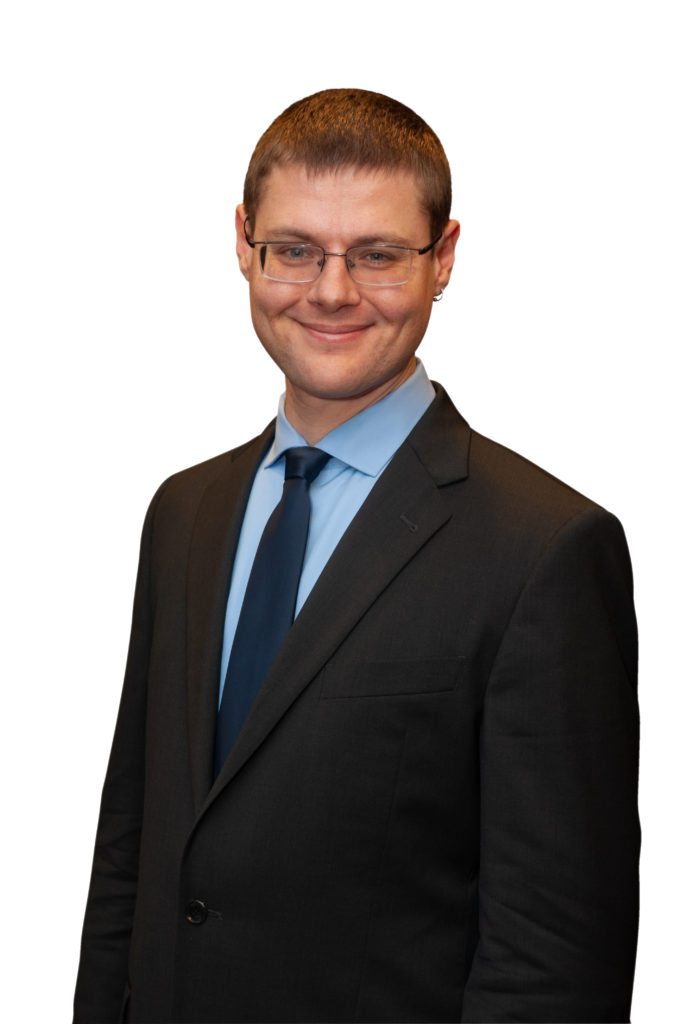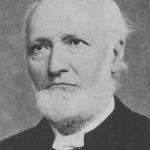
Surveys show that anywhere from two-thirds to three-quarters of all employers intend to have a hybrid workforce after the pandemic as part of their return to office plan. Employees would come in anywhere from one to three days per week to work on collaborative tasks with their teams. The rest of the time, they would work on their own tasks wherever they want – their home, a coffee shop, or if they wish in the office. Many of these employers also intend to permit employees to work fully remotely if the employees wish to do so and can demonstrate a high level of effectiveness and productivity.
That hybrid-first with remote options approach offers the best fit for the desires of the vast majority of employees who worked remotely during the pandemic. That’s according to a multitude of large-scale, independent surveys (1, 2, 3, 4, 5, 6, 7, 8) asking employees how they would prefer to the office after the pandemic. Over three-quarters in all surveys wanted to work from home half the time or more. A large minority – 20 to 30% – wanted to work from home permanently.
Over 40% would leave their employer if not offered half-time or more remote work. More than 75% described working from home as leading them to feel happier, less stressed, having more work-life balance, being more engaged and willing to go the extra mile, and boosting their productivity. The data on productivity came not only from surveys, but also from more objective measurements of productivity data (1, 2).
Retaining your employees, boosting their productivity, and making them more engaged and less stressed makes a hybrid model with some remote options an example of wise decision-making. But how do you transition to this model as you return to the office?
You can use best practices as shared by 61 leaders, 47 mid-level and 14 senior, from 12 organizations which I advised on how to develop and implement a strategic return to office plan as the pandemic winds down. The best practices involve getting buy-in from your employees, and especially lower-level supervisors – the team leaders – of your rank-and-file employees. Then, you need to empower these supervisors to lead the way in determining how their team collaborates post-pandemic, within the broad policy guidelines of the hybrid-first model with remote options.
Get Buy-In By Seeking Staff Input on the Return to Office Plan
First, conduct an anonymous survey of your currently-remote staff on their preferences for remote work. All companies are different, and you want to know about your staff in particular. More importantly, employees want to feel that they have input on major company decisions. That applies especially to policies concerning working conditions. You’ll get a lot more buy-in, even from staff who may be unhappy with your final policies, if they feel consulted and heard.
While you may choose to ask a variety of questions, at least be sure to find out about their desire for frequency of work in the office. Ask that in the first question of the survey, since people are most likely to answer the first question. Here’s a good way to phrase it:
After the pandemic has passed, which of these would be your preferred working style?
- A) Fully remote, coming in once a quarter for team-building retreat
- B) 1 day a week in the office, the rest at home
- C) 2 days a week in the office
- D) 3 days a week in the office
- E) 4 days a week in the office
- F) Full-time in the office
Very likely, your results will be close to the major external surveys. In all the companies where I consulted, there were never more than a quarter who wanted to go back to the office full-time. In fact, one company with over 3,000 employees had 61% of its staff express a desire for fully remote work. And it wasn’t even a tech company!
In the highly probable case that your results aren’t too different from the typical company, you’ll want to follow the lead of the companies I helped. Namely, you’ll institute a hybrid-first model, with some flexibility for employees who want to work remotely full-time and whose roles permit them to do so.
Team-Led Choices for the Return to Office
Avoid simply declaring a consistent policy from the top, or allowing individual employees to determine autonomously what they will do. Instead, the best practice is for the leadership to provide broad but flexible guidelines for the whole company. Then, let teams of rank-and-file employees determine what works best for them.
Empower each team leader to determine, in consultation with other team leaders and their team members, how each team should function. The choice should be driven by the goals and collaborative capacities of each team rather than the personal preferences of the team leader. The outcome for each team should range from fully remote, with in-person team-building retreats once a quarter, to two days remote and three in the office. The top leadership should encourage team leaders to permit, wherever possible, team members who desire to do so to work remotely.
This key role for the lower-level supervisor team leaders makes it critically important to get their buy-in in particular for your plan to return to the office. Unfortunately, too many rank-and-file team leaders like to work in-person, surrounded by their teams. They show resistance to a permanent hybrid model. They’re even more resistant to letting any of their team members work from home permanently.
Addressing Return to Office Resistance
These lower-level supervisors often feel a personal discomfort with work from home. They know how to manage their teams in the office. But they feel a loss of control and supervision if they can’t see their staff. They felt frustrated by this challenge throughout the pandemic and are eager to get back to their previous mode of supervising.
They’re falling for the anchoring bias. This mental blindspot causes us to feel anchored to our initial experiences and information. Given that their whole career focused on in-person interactions, as did their management style, they feel anchored to that mode of collaboration and supervision. They struggle to break the chain of that anchor. They don’t want to accept the viability of work from home as a permanent solution, rather than a forced necessity.
Likewise, they feel a strong drive to return to the pre-pandemic world. They suffer from the status quo bias, a drive to retain or return to what they perceive as the correct way of doing things.
Of course, the major disruption from the pandemic means we’re in a new normal. The correct way of doing things isn’t the same as before. We need to adapt to survive and thrive in the post-pandemic society. That means accepting the necessity of the hybrid-first model with remote options.
The anchoring bias and status quo bias are two examples of dangerous judgment errors that behavioral economists and cognitive neuroscientists call cognitive biases. These mental blindspots, which stem from our evolutionary background and the structure of our neural pathways, lead to poor strategic decision-making and planning. Fortunately, by understanding these cognitive biases and taking research-based steps to address them, we can make the best decisions, whether on telework or other business areas.
Justifying In-Office Work
Communicating to these lower-level supervisors about these problems in their mental patterns will be the first step to addressing them. A second step is having them justify any time their team needs to be in the office.
That justification should stem from the kind of activities done by the team. Team members should be free to do their independent tasks wherever they want. By contrast, many – not all – collaborative tasks are best done in-person.
Team leaders should evaluate the proportion of individual versus collaborative tasks done by their teams. Then, they should use that proportion to determine the frequency when team members come to the office. All team members should come to the office on the same days of the week to facilitate collaboration.
What of team members that wish to be fully remote and have a team leader who doesn’t want any remote team members? If this team member can demonstrate high effectiveness and productivity, and if their tasks are mostly individual – 80% or more – the team leader should allow them to work remotely. That team member should only come to the office once a quarter for a team-building retreat.
However, if the team member needs to collaborate intensely with their team, they might not be able to fulfill that aspect of their role effectively if everyone else is in the office. In that case, they need to either come into the office at least once a week. Alternatively, they might consider finding a new team with a more accommodating team leader. Or they might adjust their role on the team to take on largely-individual tasks.
There should be a very good reason if the team leader desires more than three days in the office per week. Such reasons exist.
For example, in one company for which I consulted, the sales teams who placed outbound sales calls decided to do full-time office work. The team leaders argued persuasively that sales staff benefited greatly from being surrounded by other sales staff during outbound calls. Such calls are draining and sap motivation; being surrounded by others on the sales floor making similar calls boosts motivation and energy. Moreover, hearing others make calls offers an opportunity to learn from their successful techniques, which is difficult to arrange in telework settings.
However, such exceptions are rare. Generally speaking, no more than 5% of your staff should be forced to be in the office full-time.
Conclusion
Surveys show that anywhere from two-thirds to three-quarters of all employers intend to have a mostly-hybrid workforce after the pandemic as part of their return to office plan, with fully-remote options for those employees who want them and can demonstrate success in such work. Yet many are unsure about how to implement this model effectively.
The best practice on enacting this hybrid-first model with full-time remote options involves, first of all, getting buy-in from your employees, and especially lower-level supervisors – the team leaders – of your rank-and-file employees. You can do so through running an in-depth survey.
Then, you need to empower these supervisors to lead the way in determining how their team collaborates post-pandemic, within the broad policy guidelines of the model. As part of doing so, help them address the dangerous judgment errors that might lead them to make bad decisions on the return to office plan. Likewise, have them justify in-office work by their staff, based on the proportion of collaborative work they do – which is usually better done in the office – versus individual tasks, which are better done at home. Using these techniques will enable you to seize competitive advantage in the return to office post-pandemic transition.
Key Takeaway
The best practice on the return to office plan involves a team-led hybrid-first model with some fully remote options. That means empowering lower-level team leaders to choose the work arrangement that best serve their team’s needs…> Click to tweet
Questions to Consider
- What kind of model do you plan to adopt in return to office planning and why?
- How can you most effectively educate lower-level team leaders on best practices in returning to the office?
- What will you do differently after reading this piece?
Image credit: Pixabay/jmexclusives
Originally Published at Disaster Avoidance Experts on June 29, 2021.
Bio: Dr. Gleb Tsipursky is an internationally-renowned thought leader in future-proofing and cognitive bias risk management. He serves as the CEO of the boutique future-proofing consultancy Disaster Avoidance Experts, which specializes in helping forward-looking leaders avoid dangerous threats and missed opportunities. A best-selling author, he wrote Never Go With Your Gut: How Pioneering Leaders Make the Best Decisions and Avoid Business Disasters (Career Press, 2019), The Blindspots Between Us: How to Overcome Unconscious Cognitive Bias and Build Better Relationships (New Harbinger, 2020), and Returning to the Office and Leading Hybrid and Remote Teams: A Manual on Benchmarking to Best Practices for Competitive Advantage (Intentional Insights, 2021). His writing was translated into Chinese, Korean, German, Russian, Polish, and other languages. He was featured in over 550 articles and 450 interviews in prominent venues. These include Fortune, USA Today, Inc. Magazine, CBS News, Business Insider, Government Executive, The Chronicle of Philanthropy, Time, Fast Company, and elsewhere. His expertise comes from over 20 years of consulting, coaching, and speaking and training for mid-size and large organizations ranging from Aflac to Xerox. It also comes from over 15 years in academia as a behavioral scientist, including 7 as a professor at Ohio State University. You can contact him at Gleb[at]DisasterAvoidanceExperts[dot]com, LinkedIn, Twitter @gleb_tsipursky, Instagram @dr_gleb_tsipursky, Medium @dr_gleb_tsipursky, and gain free access to his “Assessment on Dangerous Judgment Errors in the Workplace” and his “Wise Decision Maker Course” with 8 video-based modules.














